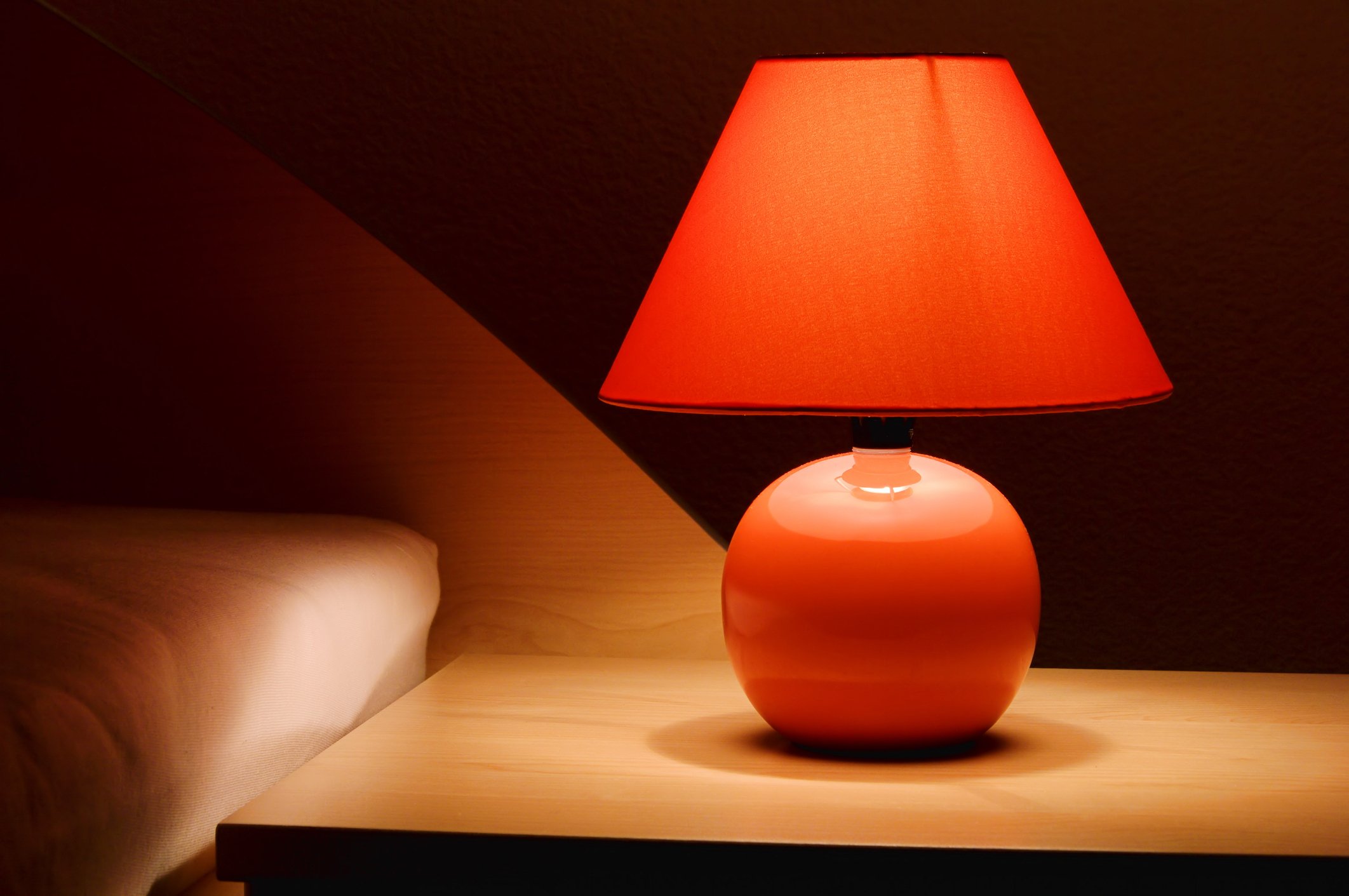The Right Light for Reading at Night
I’m not sure about you, but for me, there tends to be two main places I read: at the beach or in bed at night. Two drastically different locations with drastically different lighting. Of course, reading at the beach is a breeze (pun intended), but reading at night comes with some difficulty and unwanted eye strain.
The first option is to turn on the overhead light. Now I can see, but perhaps almost too much. As discussed in other posts, too much light can trick the brain into staying awake. Meaning I’ll be reading for far longer than I had planned. Good for my literature journey, but bad for work tomorrow morning. The simple solution is to just turn on the lamp next to the bed. The rest of the room is now dark, yet I still struggle. The white light reflecting from the book causes my eyes to strain to stay focused on the words. When reading at night, there seems to be a sweet spot for light, and it’s sometimes difficult to achieve.
The eyes are made up of multiple muscles. This means that they need breaks and can get tired with overuse. The sweet spot is the point where visibility meets comfortability. Visibility comes from a small light near the reading location with a small bulb. The reason for a small bulb is to reduce the distance at which the light is spread throughout the room. This makes it easier to stay focused on the pages without your eyes darting around the room subconsciously. The light should be pointed directly at the pages. Glare can also cause substantial eye strain. Angling the light until you find the least glare is another must.
Comfortability comes from the brightness (lumens) and color temperature of the light being used. For example, the sun is almost 36 octillion lumens; that’s a tad too bright. For a reading lamp, a relatively low lumen is desired. Right around 400 lumens will give enough light to see the reading material without causing excessive strain on the eyes. Color temperature is usually referred to as either warm or cool and is measured in kelvin (K). Warm light will be a soft orange or yellow hue, whereas cool light will be closer to a blue-ish, white hue. Warm temperatures tend to yield less eye strain making them the better option for reading. Below 3000K is a safe bet for a comfortable reading light. Some book pages even have a slightly darker color instead of the normal white. This helps reduce the cool light being reflected into your eyes.
Everybody’s eyes are different, so spend some time to find which lamp works best for you, and hopefully these tips can help point you in the right direction. Have any other lighting questions? Give our lighting experts a call at 1-800-624-4488, or visit us on Facebook, Twitter, LinkedIn, and Pinterest. Happy reading!









